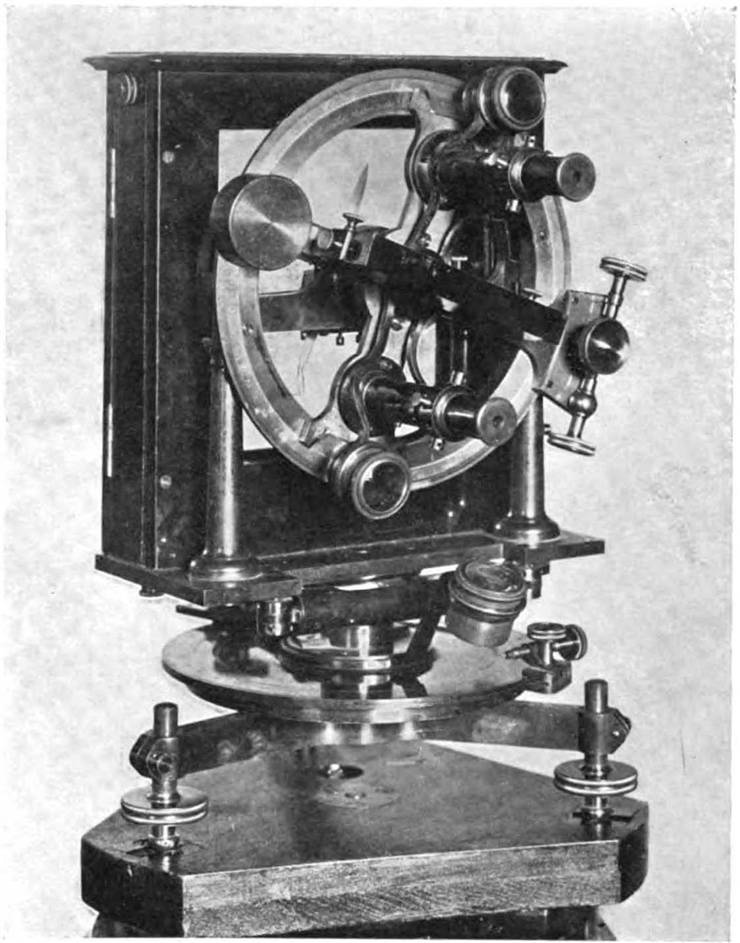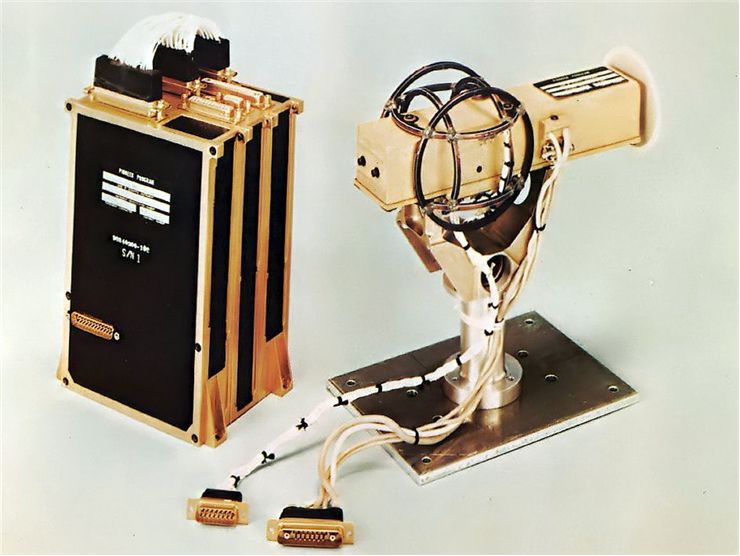Magnetometer - History, Applications and Types of Magnetometers
Magnetometers are very precise measuring instruments that can measure not only the force of magnetic fields created by magnetic materials such as ferromagnets but also sensitive enough to detect the magnetic field of the Earth itself and the very slight fluctuations of the field that happen near the places where the ground is filled with iron ore. In addition to the strength and fluctuations of the magnetic field, some advanced models can also detect the exact direction of the magnetic field in the tested point of space. The versatility of the device made it very useful in many applications, enabling it to be found in everything ranging extremely expensive space probes, land surveying equipment, archeology detectors, military hardware, all the way down to the highly miniaturized magnetometers found in mobile telephones and computing devices in pockets of billions of people around the world.
History of magnetometers started in first half of 19th century, during a span of decades when engineers, physicists, and inventors from all around the world started seriously tackling the new enigmas opened with the arrival of electricity, magnetism and ability for creation of fine-grained metalwork needed for the creation of complicated and intricate devices. The first depiction of working magnetometer arrived in 1833, inside the scientific paper written by the famous head of the Geomagnetic Observatory in Göttingen, Carl Friedrich Gauss. He proposed the device that could detect and measure exact strength and orientation of the Earth's magnetic field by comparing the oscillation of the bar magnet that was placed horizontally close to a gold fibre. Changes of osculation between states when the bar was magnetized and demagnetized were used to calculate the strength of the Earth's magnetic field. Because of this discovery of Carl Friedrich Gauss, the international scientific community adopted “gauss” as a standard unit of magnetic flux density.
There are meant types of magnetometers that are in use today, broadly separated in survey magnetometers (intended to determine magnetic changes that are introduced with the ore in the ground) and laboratory magnetometers. Survey magnetometers are much more widespread, and they are separated into two types – scalar magnetometers that measure total strength of the magnetic field around them and vector magnetometers that can measure the direction of the flow of magnetic field around them. They are also made either to show “absolute” measurements (compared to the internal constants built-in into the device) or “relative” (showing changes compared to the calibrated field).
Scalar survey magnetometers are separated into following types - Proton Procession Magnetometer (they measure the resonance frequency of photons inside magnetic fields), Overhauser effect magnetometer (built on the similar principle as Proton precession magnetometers, but with the addition of measuring frequency of additional free radicals), Caesium vapour magnetometer (it measures the vibration of caesium vapor and photons) and Potassium vapour magnetometer. Vector magnetometers are Rotating coil magnetometer, Hall effect magnetometer, Magnetoresistive devices, Fluxgate magnetometer, SQUID magnetometer and Spin-exchange-relaxation-free atomic magnetometers (also known as SERF magnetometers).
Types of Magnetometers
Most common use of magnetometers is in:
- Automation – Magnetometers enable devices to maintain their direction in space while they perform other actions. For example, automated drilling equipment that needs to stay on precise course during their work.
- Archeology – Detection of the changing magnetic fields can be very useful tool for locating underground objects, buried sites, and shipwrecks.
- Coal exploration – Magnetometers can not only help in mapping the soil structures deep underground, but they can also locate threats for mining coal such as hard materials, basaltic intrusions and more.
- Magnetic surveys, mineral and oil exploration – Surveyors have long ago found great use for magnetometers who can quickly detect magnetic anomalies that are associated with various underground ores and minerals. Potential drilling holes are made using data collected by a large network of magnetometers.
- Military – Magnetometers can detect movement of metal objects in the water. Their most common use today is the detection of submarines.
- Space exploration – Magnetometers are regularly used in space exploration, especially in probes which are sent outside of Earth's orbit and toward other celestial bodies in out solar system.
- Mobile technology – Mobile devices that provide users with location-based services all carry in them miniature magnetometers that serve as compasses.

